In the most recent and next versions of Vectorworks, our software will be taking advantage of more and more hardware resources. The system requirements have increased notably over the last few releases and there are a few key things to keep in mind when configuring or selecting a computer that will run Vectorworks well.
This guide is intended as a general reference for users planning to replace or upgrade their current computers in order to properly run Vectorworks. These recommendations are made by tech support based upon years of experience working with multiple users across hundreds of different hardware combinations.
General notes on hardware upgrades:
The current industry time frame for users purchasing new hardware to replace or upgrade their older machines is around 4-5 years at the most. It is advisable to either upgrade or replace your computer every 3 years to keep up with industry standards in both hardware as well as software, specifically your OS, or Operating System.
The currently supported versions of Vectorworks are compatible with the most recent OSes. Older versions of Vectorworks may not be capable of running on very new operating systems and newer versions of Vectorworks may not be capable of running on very old operating systems.
Windows operating systems tend to be more forwards- and backwards-compatible with various software, while OS X will often drop support for software even as soon as 3-4 years and can require Vectorworks to be upgraded more frequently.
For a specific list of which versions of Vectorworks are compatible with which operating systems, consult THIS CHART.
Desktop vs Laptop:
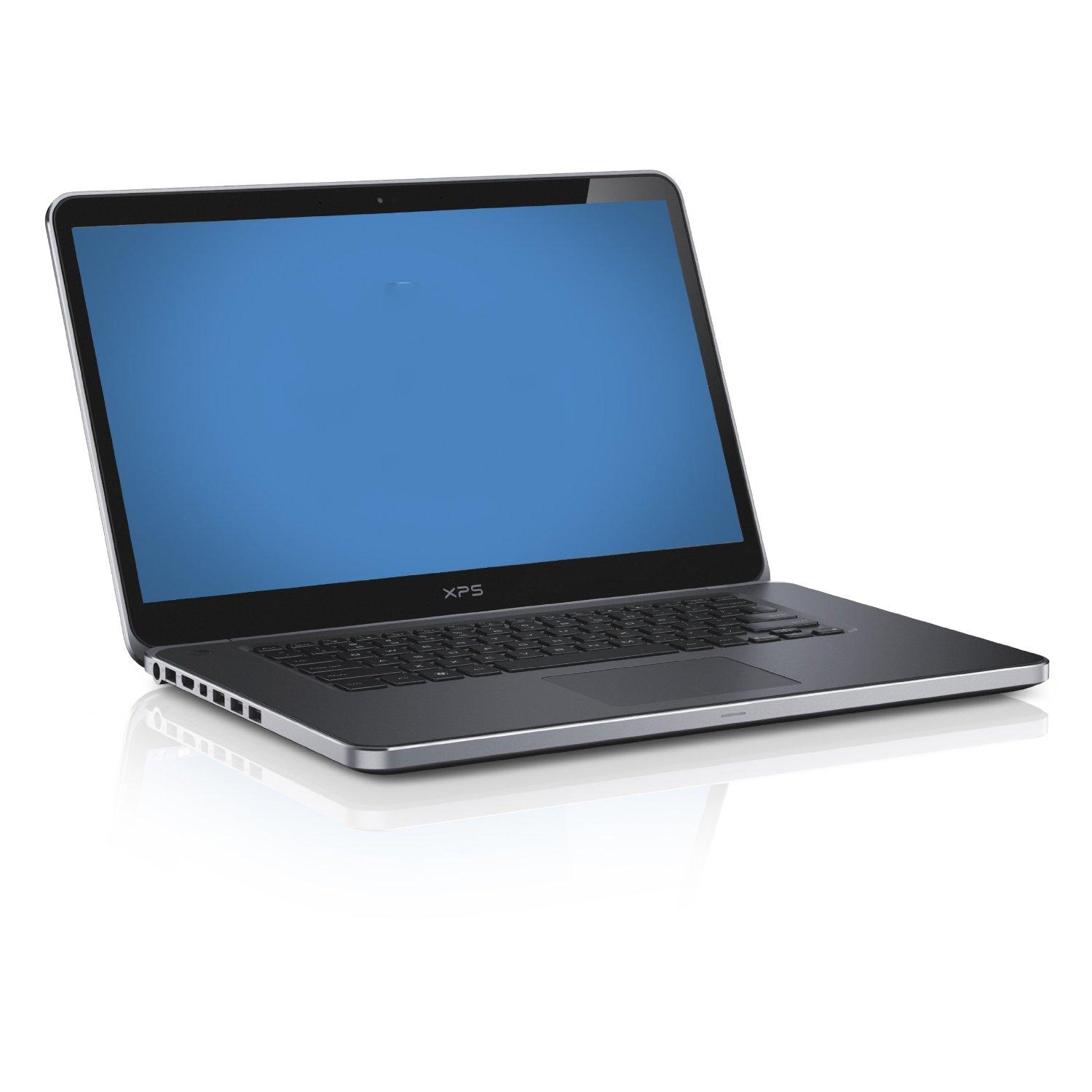
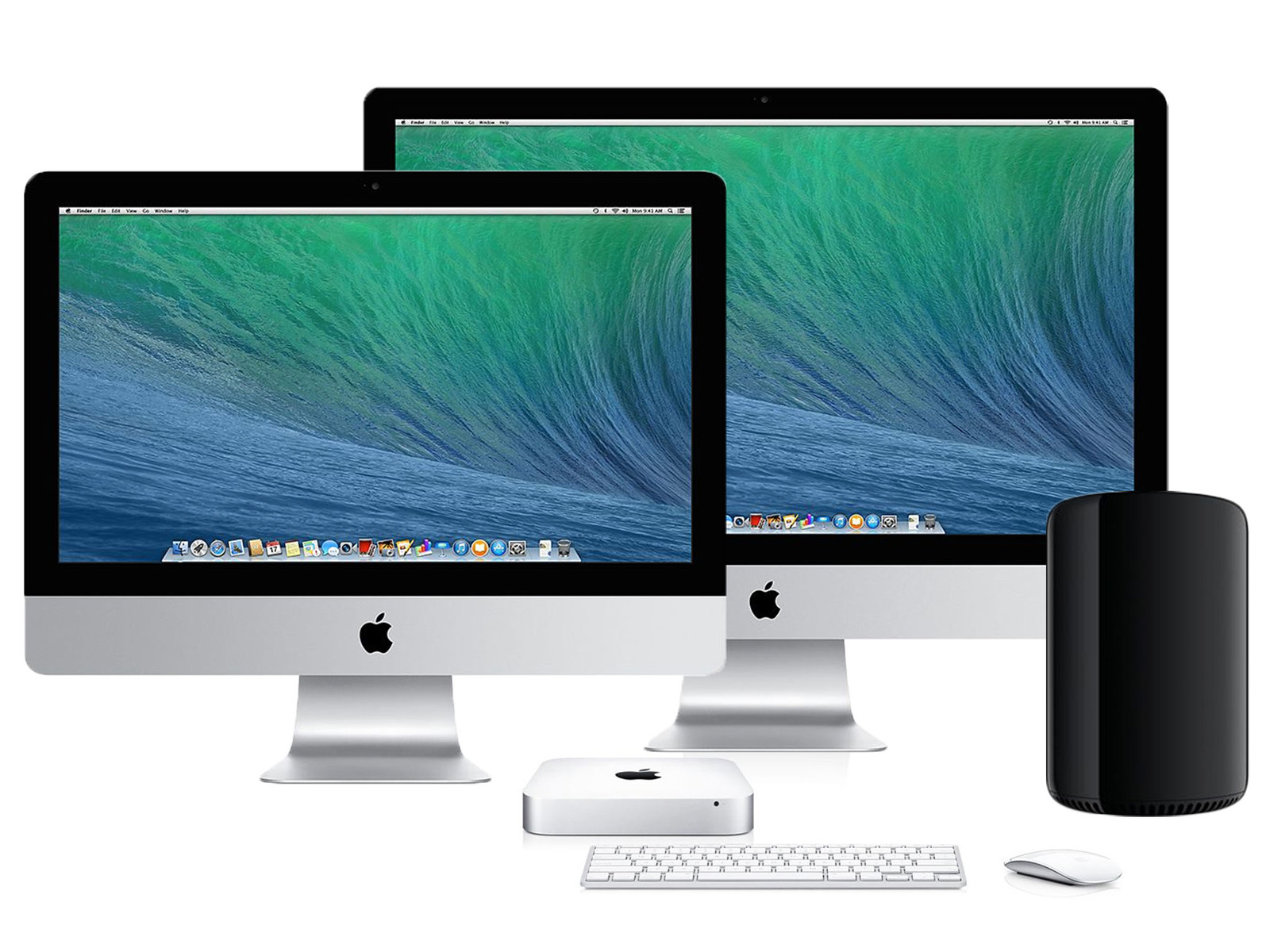
The main advantage of a laptop is mobility. In exchange for this advantage, the laptop must either sacrifice performance, or be significantly more expensive than its comparably-specced desktop counterpart. Additionally, laptops have very few components that can be upgraded after purchase (mainly the hard disk and RAM) and will reach the end of their useful lives very quickly, while with a desktop you can often extend its life by years simply through low cost hardware upgrades.
Essentially, unless you specifically have a need for a mobile computer, you will want to purchase a desktop to work with Vectorworks. They are cheaper relative to how powerful they are, as well as more upgradable in the future.
The items below are listed in order of their importance to Vectorworks:
Graphics / Video Card:

This is a key component in a computers ability to run Vectorworks properly. On desktops, it is relatively easy to upgrade a video card, as it is a separate component that can be removed and replaced. The same is not the case for laptops, unfortunately, which are limited to the card they came with from the manufacturer.
Previously, the graphics card on your computer was only utilized when Vectorworks was using the OpenGL rendering mode. Recently more and more components of the software rely on the video card directly, including Wireframe and Top/Plan views.
As a rule of thumb, graphics cards designed to work well with video games will normally perform the best in Vectorworks. Cards marketed towards CAD programs are often overpriced and can have special driver requirements that will cause conflicts. Specifically, Nvidia's "GeForce" and ATI's "Radeon" lines are the two best choices for price vs performance. You should avoid computers with Intel integrated graphics, as they are normally underpowered and while they may be capable of running Vectorworks, the experience will often be poor.
More detailed recommendations for graphics hardware can be found HERE.
Processor / CPU:
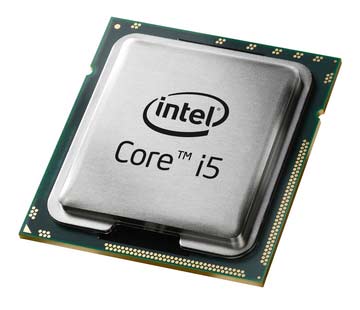
The next component that requires attention is the processor, or CPU. This is the main component of any computer and is often the first specification you will see when searching for a new machine. Currently Intel's i7 series is the recommended CPU, as the i3 and i5 series processors can be significantly weaker.
The current minimum we recommend in Tech Support for a processor is a dual-core CPU with a speed of at least 2.0GHz.
This component is upgradable in desktops to an extent, but normally a computer ships with the most powerful CPU it is capable of handling, if not close to it. Upgrading a CPU later will not have the same dramatic and noticable affect that upgrading a video card will. As with graphics cards, laptop CPUs are almost never upgradeable later on.
The most direct way the CPU affects Vectorworks is when using the Renderworks module. Any of the Renderworks rendering modes will be able to utilize your entire CPU, meaning that the more powerful your CPU is and the more cores it has, the faster renderings will be completed. If you use Renderworks on a regular basis, it is worth the extra cost to acquire a high powered processor with 8 cores or more.
Memory / RAM:
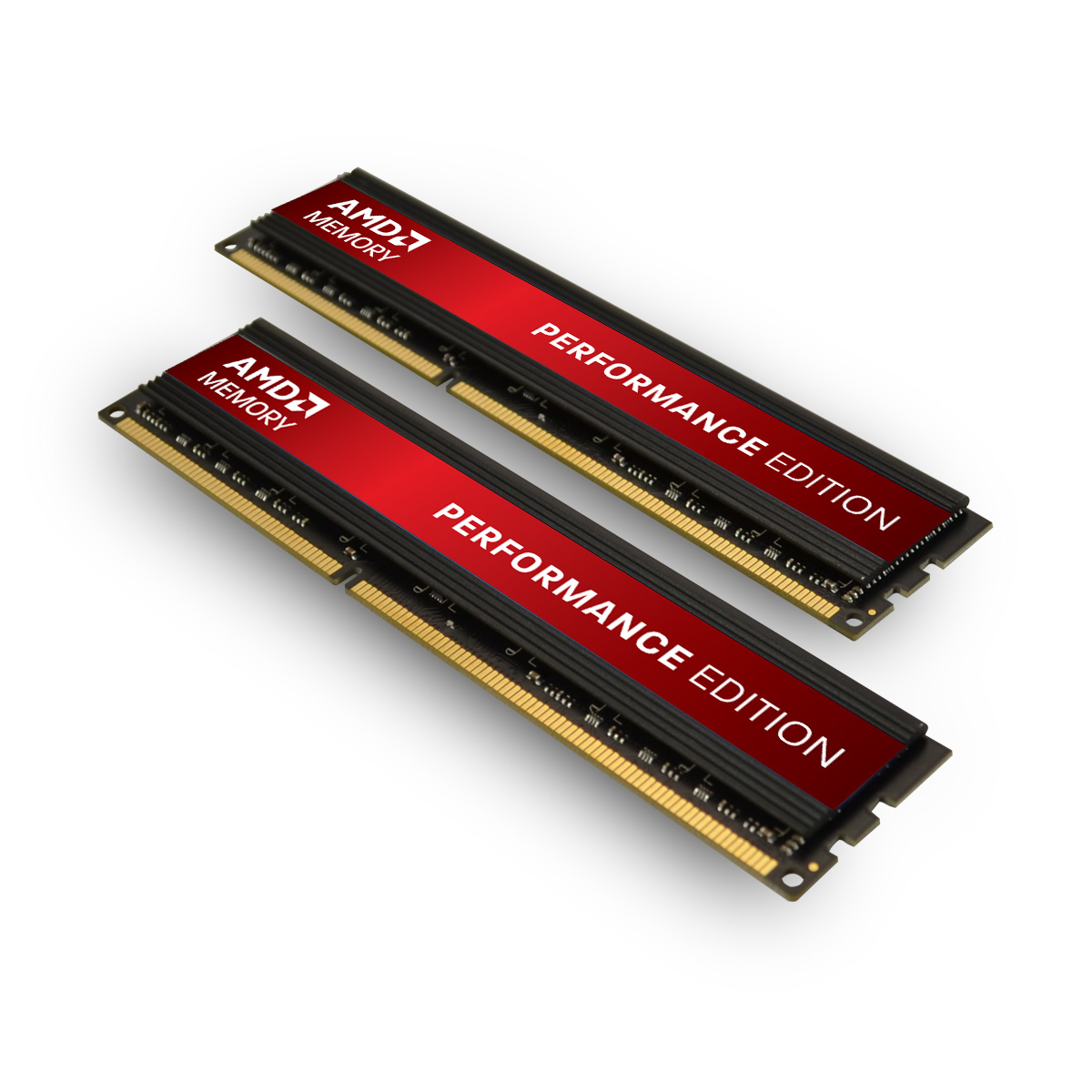
Vectorworks stores data it is currently working with in your computer's memory, or RAM. When working with large or highly complex files, Vectorworks can use up 1 to 2GB of memory all on its own. In a computer with only 2GB of RAM total, this can lead to Vectorworks slowing down dramatically.
RAM can be upgraded later in both desktops and the large majority of laptops.
It is a good idea to have as much RAM as possible. Unless you have a 32bit operating system, which is limited to 3.8GB of RAM, having upwards of 8GB installed is ideal. The types of RAM produced by manufacturers changes frequently, meaning that after purchasing a new machine, the RAM for it may be significantly cheaper even as soon as 6 months to a year later, making upgrading RAM relatively inexpensive.
Hard Disk / HDD / SSD:
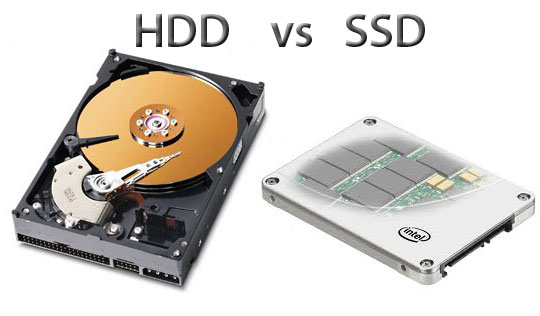
Your computer's hard disk is where your operating system and applications are installed. Vectorworks uses around 10GB of hard disk space at most, so selecting a hard disk is mostly going to be a personal preference, making sure that there will be enough space for Vectorworks to be installed on the same drive as the operating system. You should NOT attempt to run or install Vectorworks from another drive than the main hard disk.
Normally as long as your hard disk has 350GB of storage or more, you will not run into any storage limitations as far as Vectorworks is concerned.
Recently, many computers are shipping with SSDs, or Solid State Drives. While SSDs can improve the speed of your OS in general as well as bootup and shutdown speed, they will have little to no affect on Vectorworks directly. They may slightly speed up the launch and shutdown times of the application, but other than that you would likely notice no major change.
Edited by JimW
Report Article



There are no comments to display.
Join the conversation
You can post now and register later. If you have an account, sign in now to post with your account.
Note: Your post will require moderator approval before it will be visible.